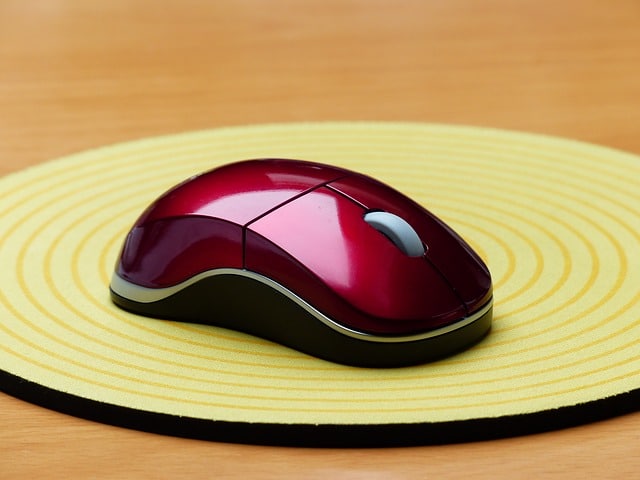
A peripheral is a device that adds tools or features to a computer.
The first step we are going to take before fully entering into determining the meaning of the term peripheral is to make clear its etymological origin. In this sense, we have to state that it is a word that comes from Greek, specifically it is the result of the sum of three components of said language:
• The prefix «peri-«, which can be translated as «around».
• The word “phero”.
• The suffix “-ikos”, which is used to indicate that something is “relative to”.
In its traditional sense, the term peripheral is an adjective that refers to something that is linked to the periphery (the perimeter or contour of a thing, or the area that is around a certain center). Currently, however, the concept is used as a noun in the field of computing to refer to a complementary device to a computer .
The peripheral in geography and urban planning
Let's start with the original meaning. The peripheral is that which surrounds a thing, whether physically or symbolically. For example: "If you are looking for a cheaper hotel, you should stay in a peripheral neighborhood" , "Make no mistake: the decisions are made by Manuel and I, the others are peripheral members of this board of directors" , "I work in a peripheral area , somewhat far from the downtown area .
It is easy to understand the notion in a geographical or urban sense. The center of a city X is surrounded by peripheral neighborhoods or suburbs, which are very close but are not included in it. At a symbolic level, the peripheral is linked to that which is not part of the essential or the most important.
Use of the concept in the field of technology
Regarding its meaning in technology , the peripheral is the device that, connected to the CPU of a computer, provides auxiliary tools or features. Peripherals allow the computer to interact with the external environment.
The keyboard , the mouse (or mouse ), the printer , the scanner and the webcam are some of the most common peripherals: "The computer is good, but we should buy some peripherals to increase its usefulness" , "In my opinion, the printer It is the essential peripheral in any computer equipment .

The keyboard is one of the most important peripherals.
Types of peripheral
Specifically, we would have to establish that we can classify peripherals into five large groups:
1. Input peripherals. They are those that allow data to be entered into a computer from the outside. Among the most important are the mouse, keyboard, scanner or stylus, among others.
2. Output peripherals. They are those that give the opportunity to receive information from the computer's CPU and display it so that the user can see and use it. In this case, the most significant are the screen, the printer, the speaker...
3. Input and output peripherals. As their name indicates, they are those that allow both entering information external to the computer and extracting it from it. Examples of this are devices such as the multifunction printer or the touch screen.
4. Communication peripherals. Under this name are the articles that allow an interconnection to be established between two computers or between a computer and a peripheral that is external to it. This would be the case, for example, of the modem or Bluetooth.
5. Storage peripherals. They are the ones that store the information that the CPU works with so that it can be used whenever desired. There are the pendrives, the hard drives, the memory card ...
Importance and evolution of the keyboard
Most peripherals are almost essential for the average user : it is difficult to imagine a computer session without a monitor, mouse or keyboard. But that does not mean that these components receive the respect they deserve. In fact, the keyboard usually goes unnoticed by most people, as if it were a part that is only useful for entering our data into forms or for transcribing documents to the computer. However, it is thanks to this peripheral that programmers can create all our favorite applications, operating systems and, in general, provide the code for any electronic device we know.
The keyboard is the most important input peripheral, even more than the monitor; Let us not forget that initially the output of information was done by printing on paper. This component, although lacking in complexity at a technological level, allows developers of programs, appliances and vehicles, among other products of the most varied and apparently essential for our lives, to communicate with computers to make their projects a reality.
The development of a peripheral arises as a response to a need, to a greater or lesser degree, and from its conception to its standardization it must go through years of testing and modifications, an arduous process in which both companies and users participate.
In the history of the keyboard, these changes can be seen with the naked eye. In 1987, IBM established the 101-key standard that many use today; but not before going through other, somewhat less convincing designs. The first was called XT and had 83 keys; This was not necessarily a point against it, but the location of some of the most used keys was, which was uncomfortable. On the other hand, this first model offered certain shortcuts to very useful functions that were lost over time.
Next, the AT appeared, which had one more key than its predecessor, although no innovation that justified its stay on the market for much longer. Unlike current keyboards, it still only had ten function keys, it did not have the four directional keys that we all know and the ESC key was located on the right, as part of the numeric keypad.
